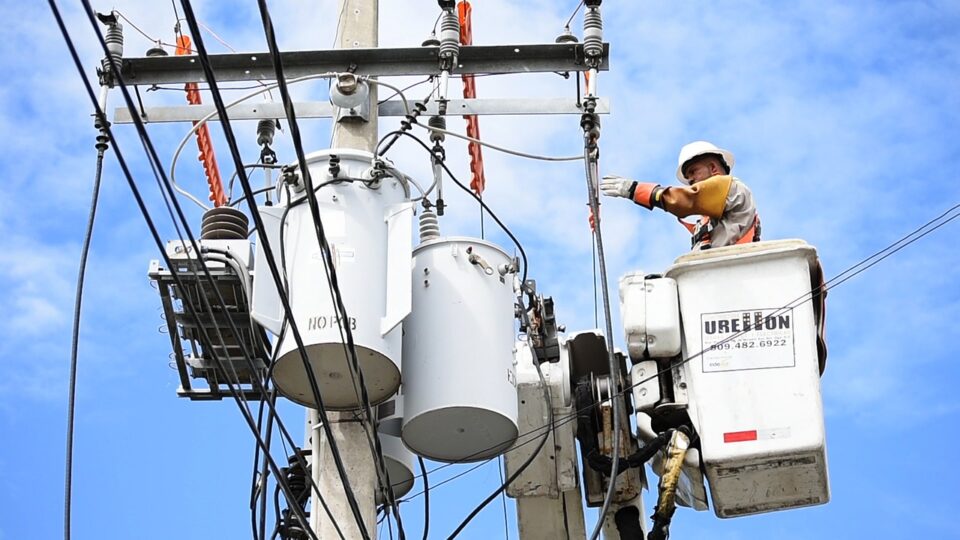The transformer manufacturing industry in India is gradually evolving with new technologies, better market positioning, and environmental consciousness. While the energy needs of the entire world are changing, Indian transformer manufacturers are not only satisfying but also defining the global market for power distribution. This article explores the important aspects of this sector’s evolution, these being the special features of this sector and the emerging innovations, as well as the challenges present in evolving global energy systems.
Table of Contents
1. Innovative Solutions Tailored for Emerging Markets
A particularity that defines the Indian transformer export sector is the possibility of offering custom solutions for various and new markets. Indian manufacturers are leveraging their expertise to address specific challenges faced by different regions:
• Modular and Compact Designs: Modular and compact transformers would be a practical solution to the challenges that emerge in a space and resource -constrained environment as is the case in most developing nations. Indigenously, Indian companies are toiling hard to design transformers such that in confined spaces, they are easy to install and for easy maintenance.
• Adaptive Voltage Regulators: The power sectors of some regions experience instabilities in voltage and hence incorporating the use of AVR transformers gives stability in power quality. Transformers exporter company India are now making these features more specific in a way that meets the specific need of the areas that frequently undergo voltage fluctuations hence improving the stability of the power systems in these regions.
2. Harnessing Artificial Intelligence and Machine Learning
AI and ML adaptation in the transformer’s technology is revolutionary; it has enhanced the energy sector by providing various benefits. Indian companies are pioneering the use of these technologies to:
• Predictive Maintenance: There is data analytics linked with transformers operations where AI algorithms are used in forecasting of potential failures. By doing so it reduces equipment losses and time thus increasing utility, resources durability and reliability therefore cutting costs for utility companies.
• Optimized Performance: Individual operational parameters are also adjusted by machine learning algorithms in order to always improve transformer efficiency. This makes sure that the transformers are working optimally which is very important in dealing with the increasing loads and incorporating renewable energy sources.
3. Addressing Sustainability Challenges
Currently, sustainability forms a significant aspect of India’s transformer exporter concerns owing to the increasing demand for sustainable equipment across the globe as well as the set standards by the Indian government. Key initiatives include:
• Reduced Carbon Footprint: Currently, different transformers being used in India are made through processes, and materials that reduce the CO2 emissions to a large extent. This involves matters such as insulation and energy light structures that meet international green consciousness.
• Recycling and Reuse: There are increasing strategies that companies are coming up with in relation to the recycling and reuse of various parts of the transformer. This not only aids in waste management but also minimizes the use of raw materials thus promoting the concept of circular economy in transformer manufacturing industry.
4. Navigating Global Trade Dynamics
As Indian transformer companies expand their reach, they face a complex landscape of global trade dynamics:As Indian transformer companies expand their reach, they face a complex landscape of global trade dynamics:
• Geopolitical Tensions: Export markets may be affected by geopolitical factors and trade policies. Indian exporters are coping up with the challenges in several ways including but not limited to: Market diversification and strategic partnership.
• Regulatory Compliance: Amazingly, each country has its own set of standard and regulation as it pertains to the use of electrical equipment. For Indian manufacturers who desire to remain connected to these markets and maintain credibility, these many and different regulations are very critical and require investment and understanding.
5. Future Trends and the Role of Future.
Looking ahead, the future of India’s transformer export sector is promising:
• Integration with Renewable Energy: The main focus towards the use of renewable energy sources such as wind and solar power calls for efficient transformers that can easily absorb variability of the sources. In order to achieve a better integration of renewables within the grid, Indian companies are going for new technological dawnings.
• Expansion into Untapped Markets: Growth opportunities include emerging economies in Africa, Latin America as well as the South East Asia. These markets are attracting many Indian manufacturers due to low costs of production and competitiveness of their products and solutions.
• Smart Grids and Digitalization: Smart grids and advancement in power systems can be seen as a fresh paradigm shift for India’s exporters. Nowadays, those transformers with digital features and smart grid technologies are preferred more all over the world and Indian companies have excellent opportunities in this sphere.
Conclusion
The current state and issues in the Indian transformer export industry can be classified under three key areas, namely technology advancement, concern for sustainability, and strategic management to global challenges. To the contrary, the manufacturers in India have not only started responding to the changing environment but also begun to influence it. As dynamics in the world energy scenario unfolds, Indian transformer exporters will be the architects of power transmission and distribution systems that will make the global systems and economy more efficient, reliable and sustainable.

